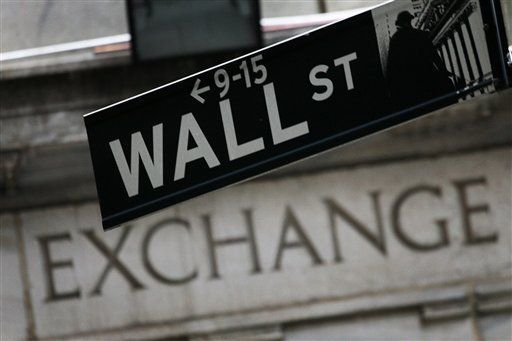
Dear Mr. Secretary,
After 100 or so days of your secretaryship, many pundits and a small number of government officials are pointing to hopeful signs that the worst may be over - or, at least, that the rate of deterioration in such measures as overall economic activity and financial losses is slowing. Is this really the case?
We have done some research (our report is available here) and what we found are mostly worrisome signs. Things may be improving, but if they are to take hold in earnest careful attention should be paid to these signs and the underlying vulnerability should be addressed.
First is the fact that the banking system only appears to be functioning properly. In reality, it is still largely frozen. Two measures demonstrate this: excess reserves maintained by banks at the Fed and borrowings by banks from the Fed. Excess reserves stood at $862 billion at the end of last week (the last available reporting); this compares to the $1-$2 billion level that prevails in normal times. As for borrowings from the Fed, they tallied up to $565 billion, lower than in January, but still a staggering amount at more than two thousand times the normal figure of $100-$300 million.
As you well know, these figures reflect the fact that banks are not willing to lend to one another overnight or short-term to bridge the gaps that occur due to customer withdrawals and check and wire payments. In other words the payments system only works because the Fed is supporting it with massive amounts of liquidity.
Second is the fact that when members of the administration say that one key policy goal is to get banks to lend again, this creates a somewhat misleading impression that we are in the grips of a lending freeze. In reality, banks have heightened the bar, but they have not really stopped lending. Total bank loans outstanding were $6.2 trillion in September 2007, $6.6 trillion in June 2008 and $7 trillion at the end of 2008. Looking at total bank credits, these were at $8.9 trillion in September 2007, $9.3 trillion in June 2008 and $9.7 trillion at the year-end.
What people do not fully realize is that overall there is actually too much debt outstanding. Total debt (by all borrowers) outstanding in the U.S. credit markets stood at a stunning $53 trillion as of December 2008. This is twice the $27 trillion that existed in 2000 - debt has gone up at more than twice the pace of economic growth. Looked at another way, total domestic debt is 3.7 times the total value of products and services as measured by the GDP. Meanwhile, asset values have been devastated - housing has lost $6 trillion of its value (assuming a peak-to-trough drop of 32%) and stock losses stand at $8 trillion from the October 2007 market high.
The third ominous sign is the jump in portfolio risk within the financial sector. Whether one looks at Value-at-Risk (VaR) measures or the increases in so-called "fair" values as a percent of notional amounts, the fact is that banks and investment houses are carrying unprecedented levels of risk on their books and their trading posture. Of course, banks' net interest margins have been equally unprecedented - funding costs are next to nothing and lending rates start at 6% and go all the way up to 18% on credit cards. So it is no wonder that banks would report strong earnings in quarters when they don't have trading or securities losses. But how long will this last? At current volatility levels, large losses could be realized from small miscalculations - or predatory behavior.
So what policy prescriptions does all this suggest? Frankly, we believe you may want to consider two - one of substance, the other of approach. The substantive one has to do with the mechanism at the heart of the proposed public private investment program (PPIP) - that of fostering a market for sub-prime paper. Assuming this could be made to happen (you would have to get the hedge funds who just nixed the Chrysler equity conversion to cooperate here), its principal consequence would be to boost prices to some level where banks and others would presumably be willing to sell their bad paper. But why boost prices? Is it not the opposite we would want? This paper has now been distressed for a year-and-a-half, so it would seem that forcing a recognition of fact is now urgent. But more importantly, pushing down the pricing of sub-prime paper, much of which should probably never have seen the light of day, will stop, and hopefully reverse, the crowding out effect this paper has had on other asset values (including stock prices).
The approach consideration is the following. Instead of soliciting Wall Street's views to inform your decisions, you might constitute your team of number crunchers, researchers and analysts to find out all the facts about sub-prime paper, its securitization, the trading and hedging vehicles or instruments (that is, the collateralized debt obligations, credit default swaps) that it spawned, the underwriters who packaged them and the investors who bought them. I think you will be amazed at what the facts will tell you and the picture that will emerge. They may well bring you to a different conclusion than suggested by the people who concocted them. In particular, they may bring you to the conclusion that trying to restore the banking system to where it was before the crisis started may not be possible - or desirable.